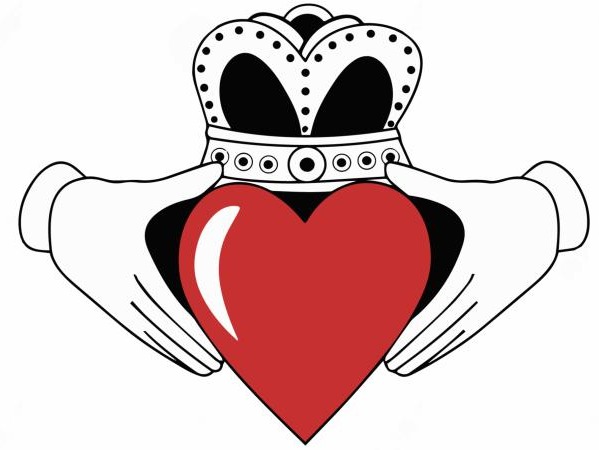
A Unique Art Gallery Experience Reimagined in the World of DOOM
Imagine sipping a glass of wine while roaming through a virtual gallery, appreciating artwork amid the pixelated halls of a reimagined E1M1 from the classic 1993 game, DOOM. Welcome to "DOOM: The Gallery Experience," a quirky and thought-provoking art piece that playfully parodies traditional gallery openings. This unconventional platform offers users a chance to engage with art while enjoying some light-hearted gaming nostalgia.
The Creative Minds Behind the Parody
Filippo Meozzi and Liam Stone are the creative forces behind this unusual gallery experience. As the producer and director, Filippo teamed up with Liam, who handled programming and additional artwork, to breathe life into this project. Together, they infused the charm of an art gallery with the iconic elements of DOOM, offering a fresh take that bridges the worlds of gaming and art.
Engaging Controls and User Interaction
Players can navigate the gallery using familiar WASD or arrow keys to move, with right-click or space to interact with art pieces. They can even simulatedly sip drinks using the left-click or shift keys. These simple controls ensure that the experience remains accessible and enjoyable, merging exploration with leisurely interaction.
Relevance to Cultural Trends
These virtual galleries come at a time when digital experiences are being increasingly sought after due to global restrictions on physical gatherings. "DOOM: The Gallery Experience" reflects a growing trend toward digital convergence, where entertainment and cultural appreciation meet in unprecedented ways. This format could redefine how audiences consume art, making it more accessible and engaging for wider demographics.
Historical Context and Background
The original DOOM, released by id Software in 1993, revolutionized the first-person shooter genre, known for its fast-paced action and groundbreaking graphics at the time. This gallery experience pays homage to that legacy, utilizing the familiar gaming interface as a canvas for art. By doing so, it adds depth to the understanding of digital art’s evolution over the decades, showcasing how classic games continue to inspire modern creativity.
 Add Row
Add Row  Add
Add 




Write A Comment